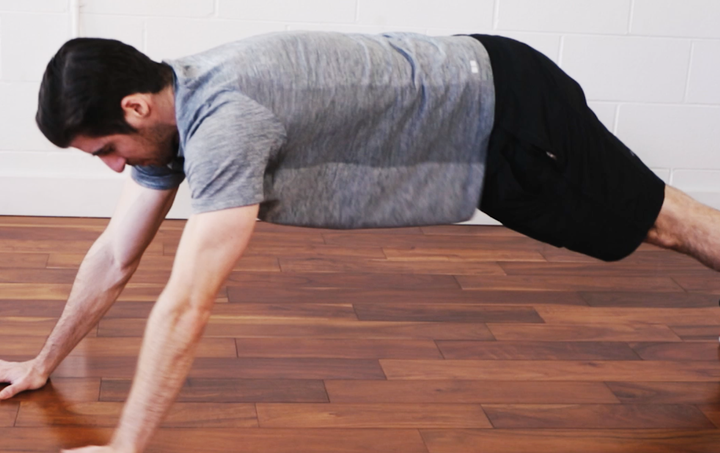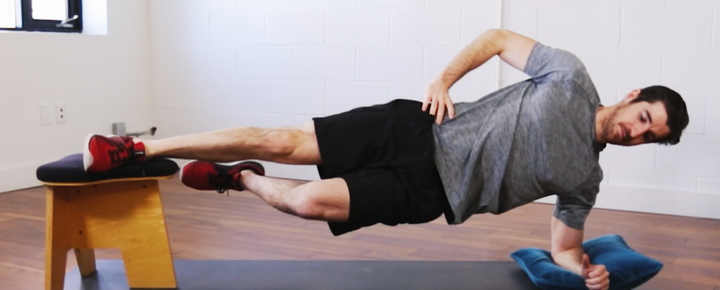What do most of us do day in and day out? We sit. We sit at our desks all day, on the bus to get to work, and then at home to watch TV, surf the web, and eat dinner.
This makes our muscles weak and joints stiff when the time comes to do something active, like hitting the slopes or water activities. Without appropriate strength and range of motion of our lower bodies, skiing (both on land and water) can become an injury-riddled endeavour.
While nothing can ensure full injury prevention, the following exercises will go a long way in reducing the chance of injury.
Inch Worms

How To Do It:
Starting on your hands and feet in a push-up position, walk your hands out in front of you as far as you can without allowing your back to sag towards the floor. From there, slowly walk both feet up towards your hands as far as you can while keeping the knees straight - you will start to hinge at the hips as if you were going into a pike position. You should feel a nice stretch in your hamstrings and calves. Hold this for 5 seconds before walking your hands out to start the next repetition. Repeat 3 sets of 5 reps, holding each rep for 5 seconds.
Why It Matters:
Having adequate length of the hamstrings is critical for skiing. You need to prepare the back of your legs for the stretch that so commonly occurs when skiing (and falling). This exercise helps lengthen the hamstrings, which are muscles commonly pulled when on the slopes.
Single-Leg Squat

How To Do It:
Stand balanced on one straight leg, with the other knee bent at 90 degrees, slowly bend your standing leg into a squat, hinging backwards from the hip as if you were trying to sit your butt down into a chair behind you. Keep your back straight as you bend down into the squat, and try to keep your knee from rolling to one side as you squat down. Repeat 3 sets of 8-10 reps per side.
Why It Matters:
There is simply no body weight exercise that works both strength and balance as well as the single leg squat. This exercise strengthens critical knee and hip muscles needed to absorb the bumps when skiing and other activities like surfing can involve. The single leg squat also helps balance, which is essential for skiing. Building strength and endurance of your legs via this exercise will help you build endurance.
Foot-Elevated Side Plank

How To Do It:
Lie on your side, resting on your elbow with your top leg straight, foot resting on a chair or stool and your bottom leg bent in front of you at 90 degrees. Push up through your forearm and press the inside of your foot into the chair to raise your body up into a straight line. Pull your bottom leg up to meet your top leg as you keep your body straight, holding this elevated side plank position. Hold each rep for 2-3 seconds before lowering back down and repeat 3 sets of 10 reps per side.
Why It Matters:
The groin is the most commonly injured lower body muscle while skiing. This isometric exercise works to strengthen the groin muscles, inner knee ligaments and oblique muscles of the core. Having a strong groin and core while skiing will allow you to prevent the unintentional "splits" that occur, especially with novice skiers. It will also help prevent the delayed onset muscle soreness (DOMS) that occurs when you got out skiing after not having done it for a long time.